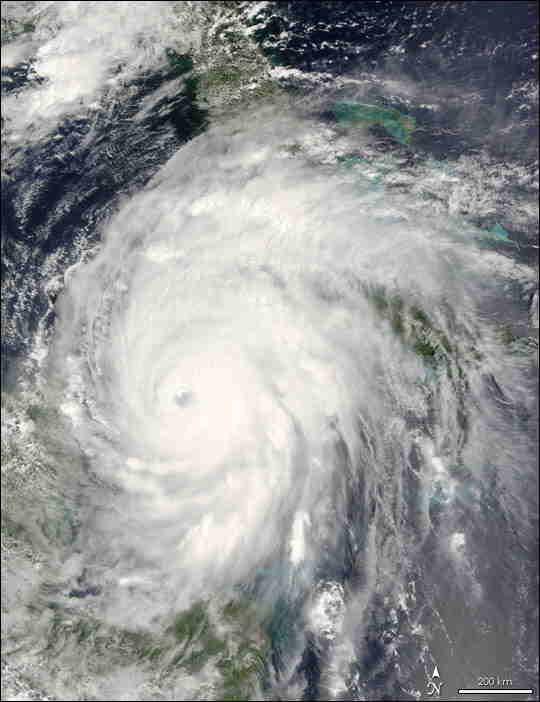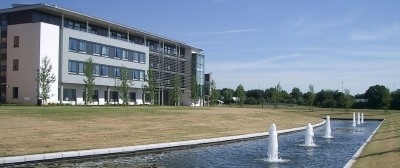 Warwick Turbulence
Symposium
Warwick Turbulence
SymposiumWorkshop:
Non-equilibrium
statistical mechanics and turbulence
LMS/EPSRC short course: July 10-14, 2006
Workshop: July 15-21, 2006
| home |
about |
events |
participants |
travel |
MRC contact | registration |
 Warwick Turbulence
Symposium
Warwick Turbulence
SymposiumWorkshop: Non-equilibrium
statistical mechanics and turbulence LMS/EPSRC short course: July 10-14, 2006 |
 |
 |
From
the point of view of statistical physics, turbulence is a branch of
non-equilibrium statistical mechanics dealing with states of complex
systems
characterized by non-zero fluxes of various conserved quantities
through phase
space. Though very general, this point of view turns out to be very
useful.
There are whole classes of non-equilibrium systems bearing no apparent
resemblance to classical fluids, whose scaling properties can be
studied using
general phenomenology of turbulence; most notably, Kolmogorov theory
developed
in the context of hydrodynamic turbulence. Further, many interesting
turbulent
systems are simpler than Navier-Stokes systems and can in fact be
studied
analytically. Thus fundamental issues of the theory of turbulence
(persistence
of constant flux solutions, applicability limits of Kolmogorov theory,
emergence of multi-fractal statistics and intermittency, the influence
of dissipative
structures on the statistics, etc), that are relevant for all turbulent
systems, can be studied quantitatively using the powerful machinery of
statistical physics. Examples of turbulent systems analysed recently
from the
viewpoint of non-equilibrium statistical physics, include passive
scalar
advection, kinematic dynamo, statistics of vorticity in two-dimensional
turbulence, Burgers turbulence, stochastic rapid distortion theory,
optical
turbulence, cluster-cluster aggregation, directed abelian sandpile
models.
Mathematical methods used in this research are impressively diverse and
include
classical and stochastic analysis of PDEs, instanton formalism of
statistical
field theory, Boltzmann kinetic equation,
We will hold
a workshop dedicated to non-equilibrium statistical mechanics
and turbulence,
which will bring together specialists working in this new exciting and
rapidly
developing field. Those interested to participate are invited to
apply by sending us their data on the following form.
Prior to this
workshop we will hold a short LMS/EPSRC sponsored course on the same
subject in order to introduce main ideas and methods of statistical
mechanics in turbulence to graduate students and to
prepare them for attending the workshop. Applications for the
course have to be done separately as described in the following poster.